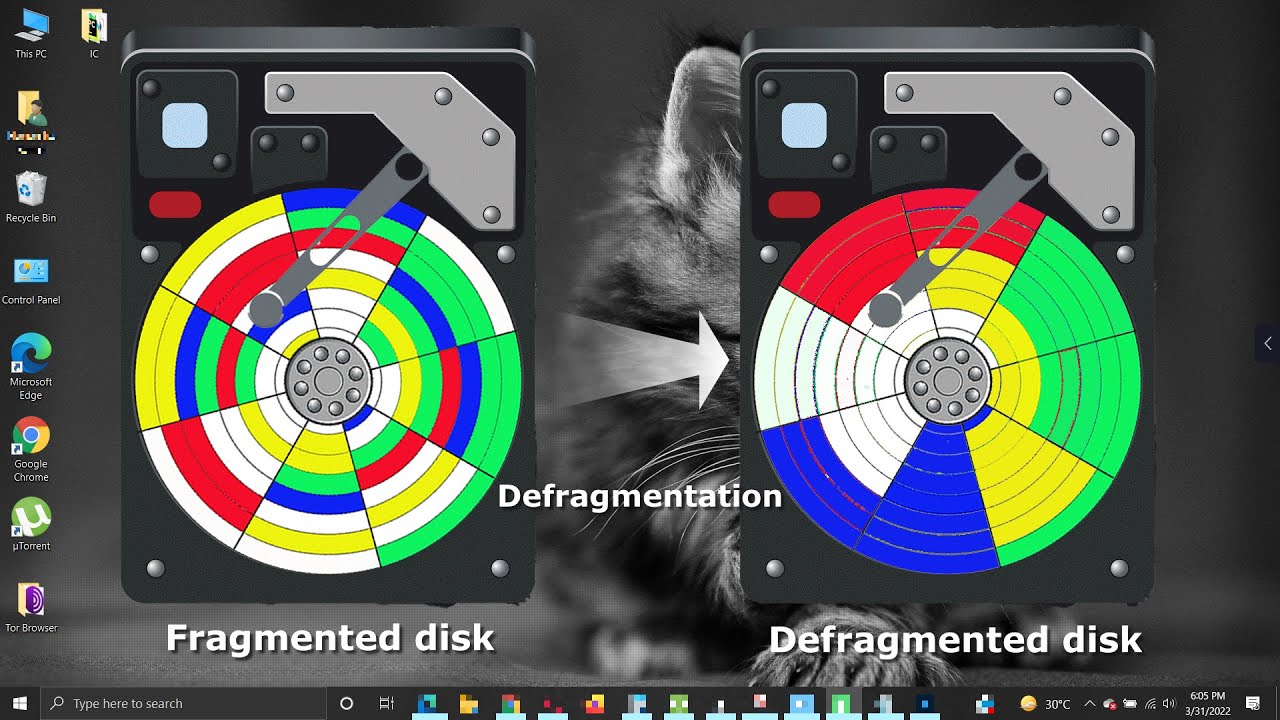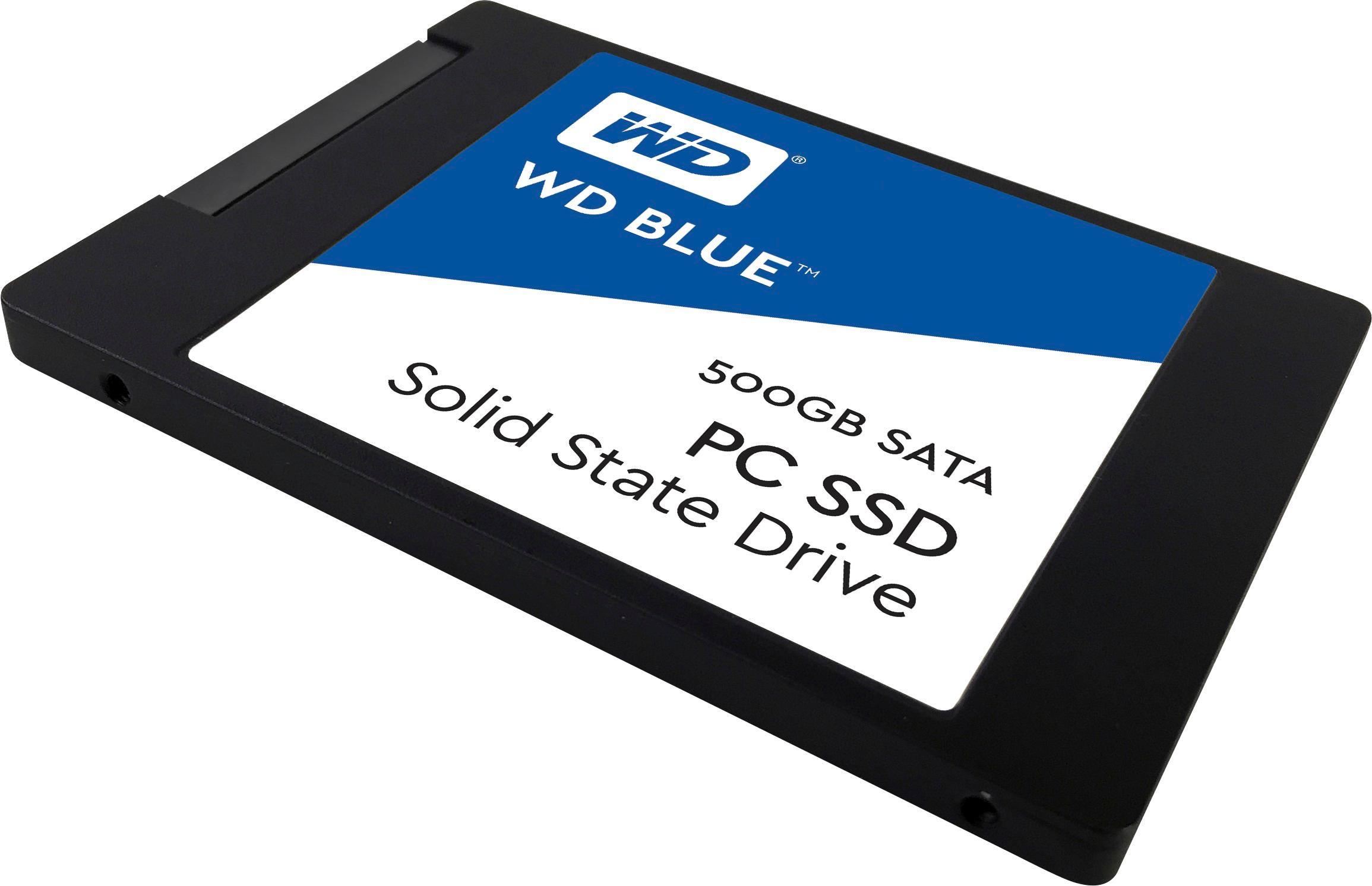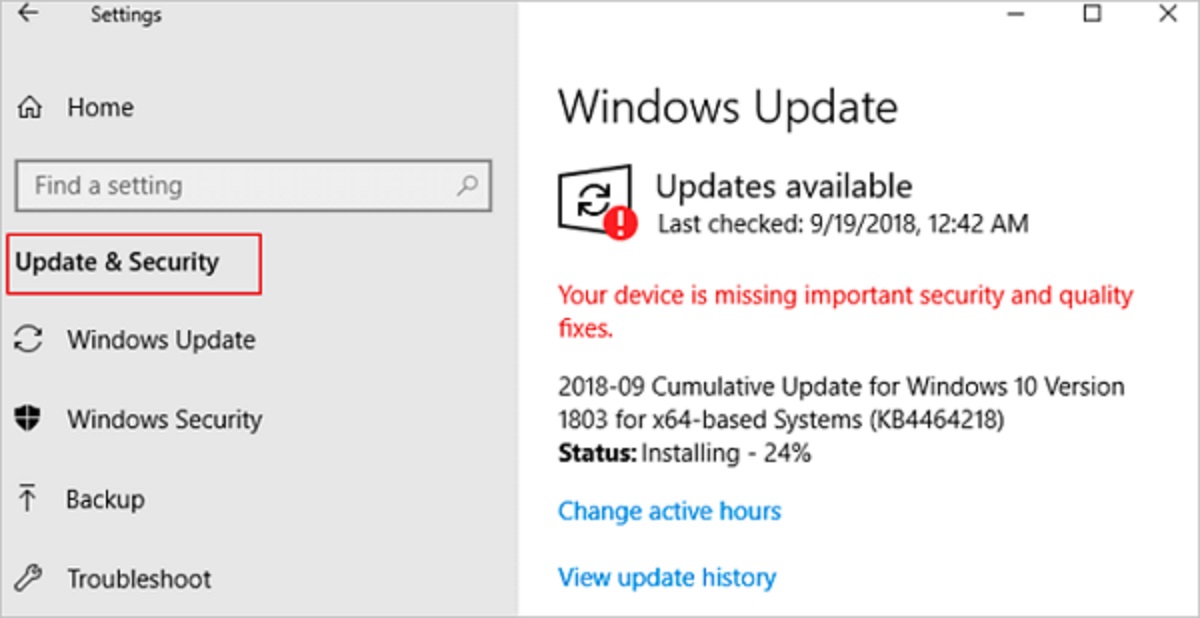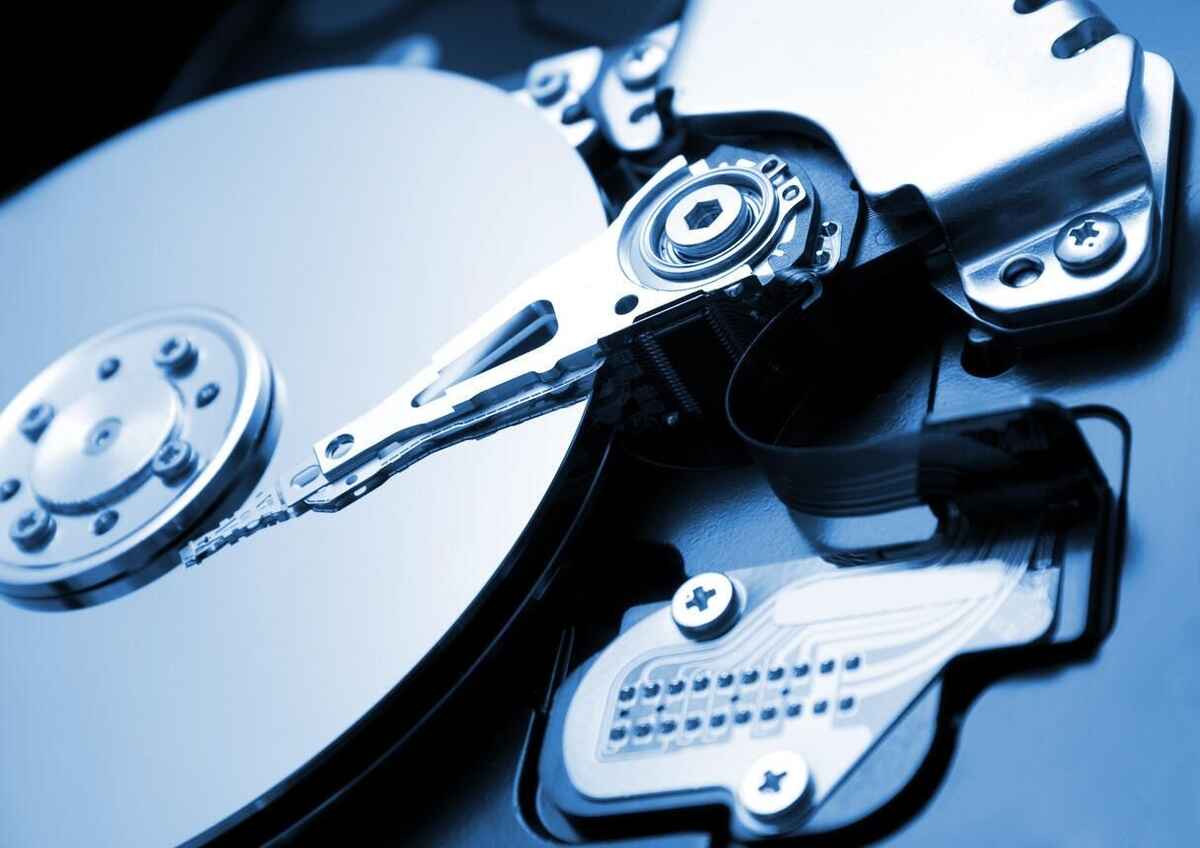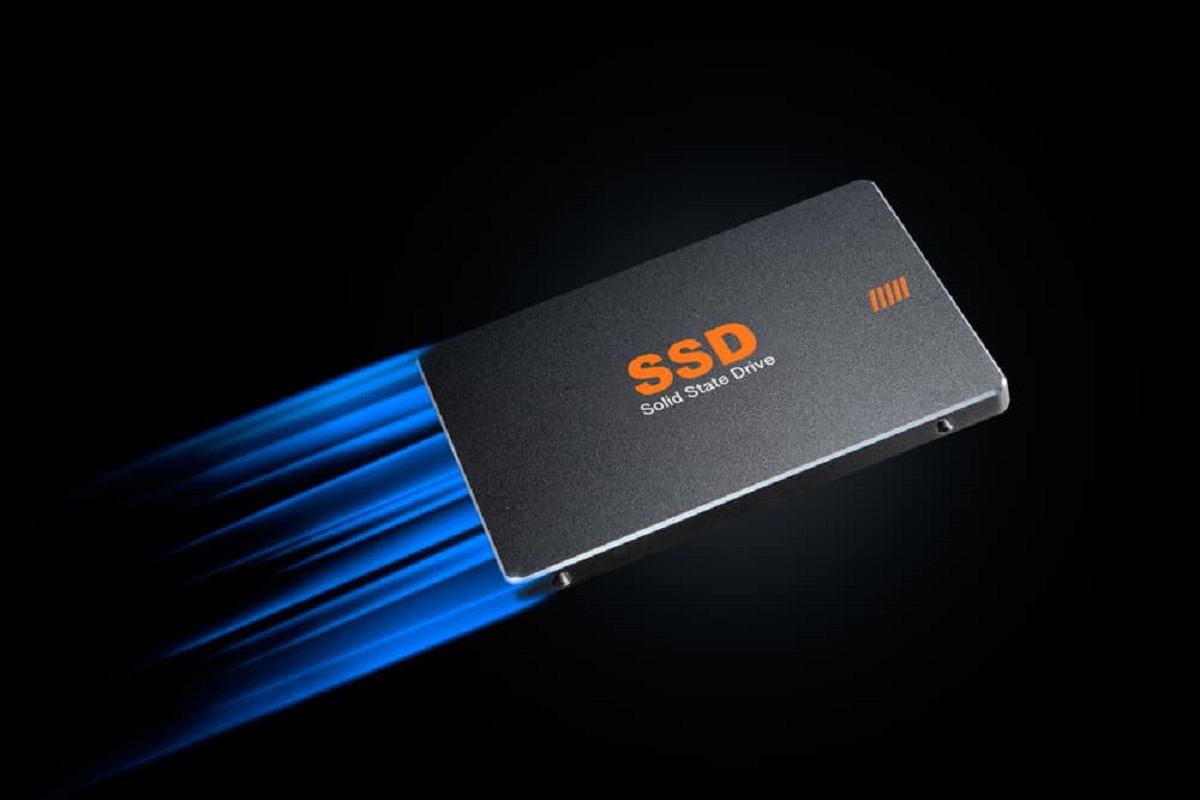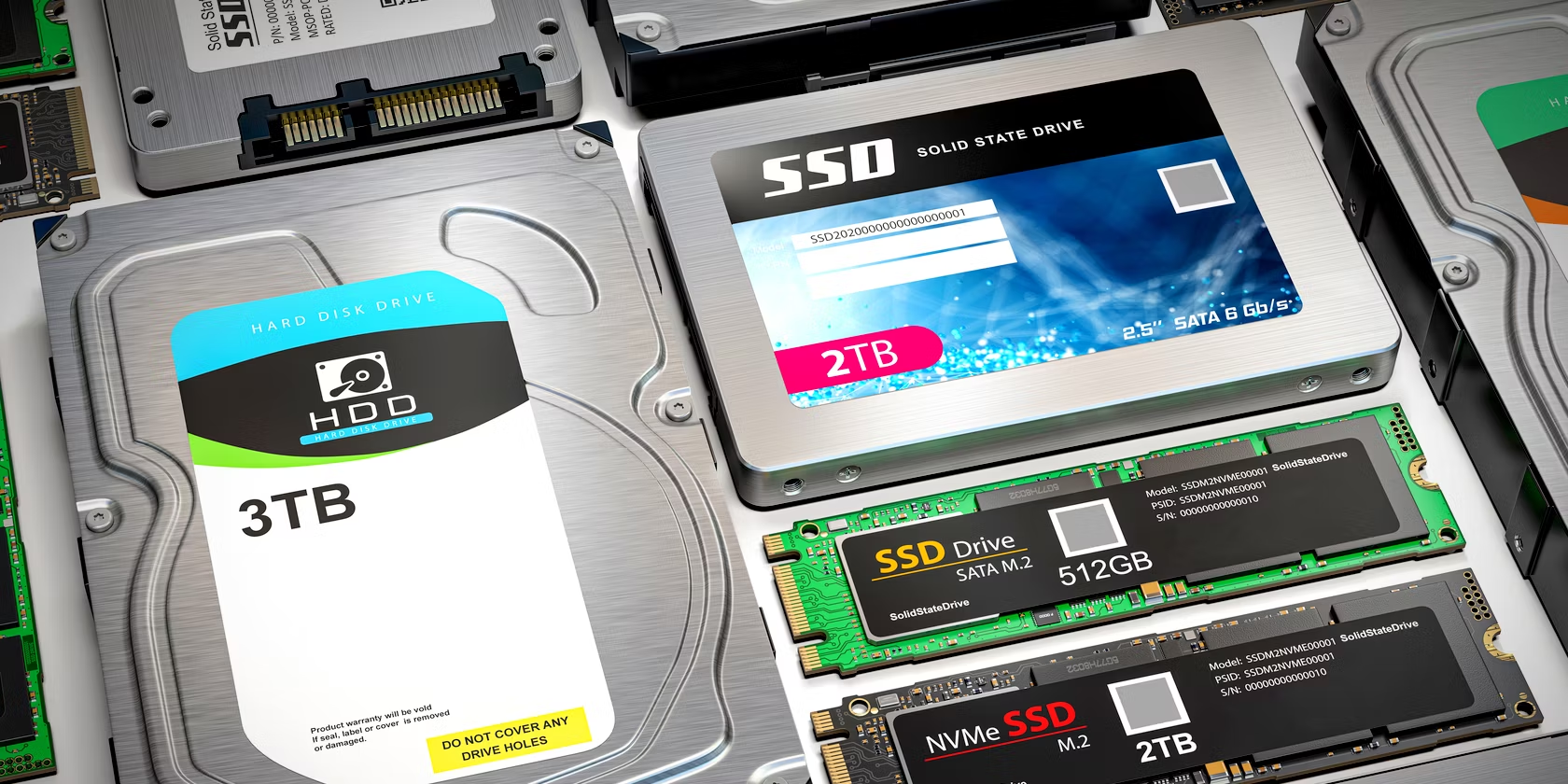Introduction
When it comes to understanding the inner workings of a computer, it is essential to have a clear grasp of the various components that make it function effectively. One of the crucial components that any computer relies on is the hard disk drive (HDD). The HDD serves as the primary storage device, housing all the data and software required for the smooth functioning of the system.
However, over time, the data stored on a hard disk drive can become fragmented, impacting its performance and efficiency. Understanding the concept of fragmentation and its implications is vital for both regular computer users and IT professionals.
In this article, we will delve into what it means when a hard disk drive is fragmented, its causes, and the impact it has on overall performance. We will also explore how to check if a hard disk drive is fragmented and the steps involved in defragmenting it. Additionally, we will discuss the benefits of defragmentation and the recommended frequency for performing this maintenance task.
By the end of this article, you will have a comprehensive understanding of hard disk drive fragmentation and how to optimize its performance. So let’s dive in and uncover the mysteries of a fragmented hard disk drive!
What is a Hard Disk Drive?
A hard disk drive (HDD), often referred to as a hard drive, is a crucial component of a computer system responsible for storing and retrieving digital data. It is a non-volatile storage device that retains data even when the computer is powered off.
The primary function of a hard disk drive is to store a broad range of data, including the operating system, software applications, documents, pictures, videos, and more. It consists of one or more magnetically sensitive platters, which are coated with a thin layer of a ferromagnetic material. These platters spin rapidly, typically at speeds of 5400 to 7200 revolutions per minute (RPM).
Data is written and read from the hard disk drive using a read/write head, which hovers just above the surface of the spinning platters. By magnetically encoding the data onto the platters’ surface, the drive can quickly access and retrieve the required information when requested.
A hard disk drive offers a significant advantage over other storage devices, such as solid-state drives (SSD), in terms of cost per gigabyte. HDDs are typically less expensive, making them a popular choice for individuals and businesses seeking high-capacity storage at affordable prices.
It’s worth noting that hard disk drives have a limited lifespan and can fail due to various reasons, such as mechanical failure, electrical issues, or logical failures. Therefore, it is crucial to regularly back up important data to external storage devices or cloud storage to prevent data loss in the event of an HDD failure.
Now that we understand what a hard disk drive is let’s explore the concept of fragmentation and its impact on the performance of the HDD.
What does it mean when a hard disk drive is fragmented?
When a hard disk drive is fragmented, it means that the stored data is scattered across different physical locations on the disk. This occurs as files are created, modified, and deleted over time. As a result, the data becomes fragmented, with its components spread out and not stored contiguously.
Fragmentation can occur in two forms: file fragmentation and free space fragmentation. File fragmentation refers to the situation where a single file is divided into multiple fragments that are stored in non-consecutive sectors on the hard disk. Free space fragmentation, on the other hand, refers to the condition where the available free space on the hard disk is scattered across different areas, making it difficult to allocate contiguous space for new files.
Fragmentation causes several issues that can affect the performance and efficiency of a hard disk drive. One primary consequence is increased access time. As the read/write head moves across different physical locations to retrieve fragmented data, it takes longer to access the required information compared to accessing contiguous data. This results in slower file transfers, longer application load times, and decreased overall system responsiveness.
Furthermore, fragmentation can lead to reduced storage capacity utilization. When files are fragmented, there is a higher chance of unused space between file fragments, which contributes to wasted disk space. This can result in a significant decrease in available storage capacity, limiting the number of files that can be stored on the hard disk drive.
In addition to performance and capacity issues, fragmentation can also increase the wear and tear on the hard disk drive. When the read/write head moves across the disk to access fragmented data, it undergoes additional movements, leading to increased mechanical stress. This can potentially shorten the lifespan of the hard disk drive and increase the risk of physical damage or failure.
Now that we understand what it means when a hard disk drive is fragmented and its implications, let’s explore the causes of fragmentation in more detail.
Causes of Fragmentation in a Hard Disk Drive
Fragmentation in a hard disk drive can occur due to various factors. Understanding the causes of fragmentation is essential in order to mitigate its effects and maintain optimal performance. Here are some common causes of fragmentation:
- File Creation and Deletion: As files are created, modified, and deleted, the data on the hard disk drive can become fragmented. When a file is created or extended, the operating system looks for available free space on the disk. If contiguous free space is not available, the file is split and stored in non-consecutive sectors, resulting in fragmentation. The same happens when files are deleted, leaving behind gaps of unused space.
- File Movement: When files are moved or renamed, fragmentation can occur. If the new location for a file is not contiguous to its original location, the file gets fragmented. This commonly happens during file backups, file system optimizations, or when files are relocated by the user.
- Insufficient Free Space: When the hard disk drive runs out of contiguous free space, it becomes challenging to allocate contiguous space for new files. As a result, the operating system splits the files and stores them in non-consecutive sectors, leading to fragmentation.
- File System Metadata: The file system metadata, including the file allocation table, master file table, and directory structures, can also become fragmented over time. As these structures grow in size and require additional space, they may get fragmented and scattered across multiple areas of the hard disk.
- External Factors: Certain external factors, such as sudden power outages or system crashes, can contribute to fragmentation. When a system unexpectedly shuts down while data is being written or modified, it can leave behind incomplete or fragmented files.
To minimize fragmentation, it is crucial to implement regular maintenance practices, such as defragmentation. Defragmentation is the process of reorganizing files and free space on the hard disk drive to optimize performance and reduce fragmentation. We will discuss the defragmentation process in more detail in the following sections.
Now that we understand the causes of fragmentation, let’s explore the impact it has on the performance of a hard disk drive.
Impact of Fragmentation on Performance
Fragmentation in a hard disk drive can significantly impact its performance and overall system efficiency. Here are some of the key impacts of fragmentation:
- Reduced Access Speed: When a hard disk drive is fragmented, the read/write head needs to move across different physical locations to retrieve the scattered file fragments. This results in increased seek time, causing slower access to data. As a result, file transfers, application load times, and overall system responsiveness are negatively affected.
- Increased Disk Wear and Tear: Fragmentation leads to additional mechanical movements of the read/write head as it jumps between fragmented file fragments. This increased movement can contribute to greater wear and tear on the hard disk drive, potentially shortening its lifespan and increasing the risk of mechanical failure.
- Decreased Storage Capacity Utilization: When files are fragmented, there is a higher chance of unused space between fragments. This results in wasted disk space and reduced storage capacity utilization. As fragmentation increases, the available space on the hard disk drive may diminish even if there is sufficient total disk space.
- Increased File System Overhead: Fragmentation can also lead to increased file system overhead. When a file is fragmented, the operating system needs to keep track of the multiple fragments and their respective locations. This increases the complexity and time required for the file system to locate and retrieve the fragmented data, resulting in additional overhead and slower performance.
- Longer System Startup and Shutdown Times: Fragmentation can prolong system startup and shutdown times. During startup, the operating system needs to load various system files and applications. If these files are fragmented, it takes longer for the system to access and process them, resulting in slower boot times. Similarly, when shutting down the system, fragmented files can prolong the shutdown process, as the system needs to deal with the scattered file fragments.
Given the negative impact of fragmentation on performance, it is crucial to regularly monitor and address fragmentation issues. In the following sections, we will discuss how to check if a hard disk drive is fragmented and the steps involved in defragmenting it.
Now that we understand the impact of fragmentation on performance, let’s move on to the next section and learn how to check if a hard disk drive is fragmented.
How to Check if a Hard Disk Drive is Fragmented
Checking if a hard disk drive is fragmented can help you determine whether defragmentation is necessary to optimize its performance. Fortunately, most modern operating systems provide built-in tools to check the fragmentation level of a hard disk drive. Here are the steps to check if a hard disk drive is fragmented:
- Windows: On Windows-based systems, you can use the built-in Disk Defragmenter tool, which is now known as Optimize Drives. To access it, follow these steps:
- Open the Start menu and type “Defragment and Optimize Drives.”
- Click on the search result named “Defragment and Optimize Drives.”
- In the “Optimize Drives” window, select the hard disk drive you want to check and click on the “Analyze” button.
- The tool will analyze the fragmentation level of the selected drive and display the results, indicating whether the drive needs to be optimized or not.
- macOS: On macOS systems, the built-in Disk Utility tool can provide information about the fragmentation level of a hard disk drive. Here’s how to access it:
- Go to the “Applications” folder and open the “Utilities” folder.
- Launch the “Disk Utility” application.
- In the Disk Utility window, select the hard disk drive you want to check from the left-hand sidebar.
- Click on the “First Aid” button at the top of the window.
- The tool will run a verification process and provide information about the disk’s condition, including whether it needs repair or if there are issues with fragmentation.
- Third-Party Tools: Alternatively, you can also use third-party disk defragmentation tools that offer more advanced features and options for checking fragmentation levels. These tools often provide more detailed reports and recommendations for optimizing the hard disk drive.
By using the appropriate tool to check the fragmentation level, you can determine if defragmentation is required. In the next section, we will discuss the steps involved in defragmenting a hard disk drive.
Now that we know how to check if a hard disk drive is fragmented, let’s move on to the next section and explore how to defragment it.
How to Defragment a Hard Disk Drive
Defragmentation is the process of reorganizing the data on a hard disk drive to reduce fragmentation and improve performance. Most operating systems provide built-in tools to defragment the hard disk drive. Here are the general steps involved in defragmenting a hard disk drive:
- Windows: On Windows-based systems, you can use the built-in Disk Defragmenter (Optimize Drives) tool. Follow these steps to defragment your hard disk drive:
- Open the Start menu and type “Defragment and Optimize Drives.”
- Click on the search result named “Defragment and Optimize Drives.”
- In the “Optimize Drives” window, select the hard disk drive you want to defragment and click on the “Optimize” button.
- The tool will begin the defragmentation process, which may take some time depending on the size and fragmentation level of the disk.
- Once the defragmentation process is complete, the tool will display a report indicating the results of the operation.
- macOS: On macOS systems, the built-in Disk Utility tool can be used to defragment the hard disk drive. Follow these steps:
- Go to the “Applications” folder and open the “Utilities” folder.
- Launch the “Disk Utility” application.
- In the Disk Utility window, select the hard disk drive you want to defragment from the left-hand sidebar.
- Click on the “First Aid” button at the top of the window.
- The tool will run a verification process and, if needed, perform volume repairs and defragmentation automatically.
- Third-Party Tools: If you prefer more advanced options for defragmentation, you can consider using third-party disk defragmentation software. These tools often offer additional features, such as scheduling defragmentation tasks and allowing more granular control over the defragmentation process.
It’s important to note that the time required for defragmentation can vary depending on the size of the hard disk drive and the level of fragmentation. It is recommended to avoid interrupting the defragmentation process to ensure its effectiveness. Additionally, defragmentation is typically not required for solid-state drives (SSDs), as they have a different mechanism for data storage.
Now that we know how to defragment a hard disk drive, let’s explore the benefits of defragmentation in the next section.
Benefits of Defragmenting a Hard Disk Drive
Defragmenting a hard disk drive offers several benefits that can enhance the performance and efficiency of the system. Here are some of the key advantages of defragmentation:
- Improved File Access Speed: Defragmentation organizes the data on the hard disk drive by rearranging fragmented file fragments and free space, creating larger contiguous blocks of data. This reduces the seek time required to access files, resulting in faster file transfers, quicker application load times, and overall improved system responsiveness.
- Enhanced Overall System Performance: By reducing fragmentation, defragmentation helps optimize the performance of the hard disk drive, ensuring that the operating system and applications can read and write data efficiently. This leads to smoother multitasking, quicker response times, and an overall snappier computing experience.
- Increased Available Storage Capacity: Defragmentation consolidates fragmented files and frees up scattered free space, allowing for more efficient utilization of the storage capacity. By reducing wasted space, you can potentially reclaim gigabytes of storage, enabling you to store more files and data on the hard disk drive.
- Extended Lifespan of the Hard Disk Drive: Regularly defragmenting the hard disk drive can help prolong its lifespan. By reducing the mechanical movements and wear on the read/write head, defragmentation reduces the stress on the drive, potentially increasing its longevity and reducing the risk of mechanical failure.
- Improved File System Efficiency: Defragmentation also improves the efficiency of the file system. By organizing the file system metadata and reducing fragmentation within the file system structures, tasks such as searching, indexing, and backups become faster and more efficient.
- Consistent System Performance: A fragmented hard disk drive can cause performance degradation over time. By regularly defragmenting the drive, you can maintain consistent system performance and prevent a gradual decline in responsiveness and speed.
It’s important to note that the benefits of defragmentation may vary depending on the specific system configuration and the level of fragmentation. For heavily fragmented drives or systems experiencing noticeable performance issues, defragmentation can make a significant difference in overall performance.
Now that we understand the benefits of defragmenting a hard disk drive, let’s discuss the recommended frequency for performing this maintenance task in the next section.
Frequency of Defragmenting a Hard Disk Drive
The frequency of defragmenting a hard disk drive depends on various factors, such as the level of fragmentation, usage patterns, and the size of the drive. While there is no one-size-fits-all answer, there are general guidelines to help you determine how often to defragment your hard disk drive.
For most typical computer users, defragmenting the hard disk drive once every few months should be sufficient. This frequency allows for the consolidation of fragmented files and optimization of the drive’s performance without excessively wearing down the hardware.
However, if you have a heavily fragmented drive or frequently perform disk-intensive tasks, such as video editing or running large virtual machines, more frequent defragmentation may be necessary. In such cases, defragmenting once every month or even every few weeks can help maintain optimal performance.
Conversely, if you have a solid-state drive (SSD), defragmentation is generally not recommended. SSDs work differently than traditional hard disk drives and do not experience the same performance issues due to fragmentation. In fact, excessive defragmentation on an SSD can reduce its lifespan. Instead, SSDs benefit from other optimization techniques, such as enabling TRIM support, which helps maintain their performance.
Modern operating systems often include automatic or scheduled defragmentation functionality, allowing you to set up regular defragmentation at a frequency that suits your needs. This eliminates the need for manual intervention and ensures that the hard disk drive remains optimized over time.
It’s important to note that regular backups are essential before initiating any defragmentation process. While rare, there is a slight risk of data loss or corruption during the defragmentation process, so having a backup ensures that your data is protected.
Ultimately, the frequency of defragmenting a hard disk drive depends on individual circumstances. Monitoring the fragmentation level of your drive and observing the system’s performance can help you determine the appropriate frequency for defragmentation.
Now that we understand the frequency of defragmenting a hard disk drive, let’s summarize the information presented in the article.
Conclusion
Understanding the concept of fragmentation and its impact on a hard disk drive is crucial in maintaining optimal system performance. Fragmentation occurs when the data on a hard disk drive becomes scattered, leading to slower access times, reduced storage capacity utilization, and increased wear on the drive.
By regularly checking and defragmenting the hard disk drive, these issues can be mitigated, resulting in improved file access speed, enhanced system performance, increased storage capacity, and a longer lifespan for the drive.
When checking if a hard disk drive is fragmented, built-in tools provided by the operating system, such as Windows’ Optimize Drives or macOS’s Disk Utility, can be utilized. These tools analyze the fragmentation level and provide recommendations for defragmentation.
To defragment a hard disk drive, the built-in tools can be used, or third-party software can be employed for more advanced features. The defragmentation process involves reorganizing the data on the drive, reducing fragmentation, and optimizing performance.
The frequency of defragmenting a hard disk drive depends on factors such as the level of fragmentation, usage patterns, and the size of the drive. Most users can benefit from defragmentation every few months, while more intensive users may require more frequent defragmentation. However, it is important to note that solid-state drives (SSDs) should not be defragmented as they work differently and have their own optimization techniques.
In conclusion, regularly checking and defragmenting a hard disk drive can significantly improve system performance, enhance storage capacity utilization, and extend the lifespan of the drive. By implementing these maintenance practices, users can ensure that their systems operate at their full potential and enjoy a smoother and more efficient computing experience.







